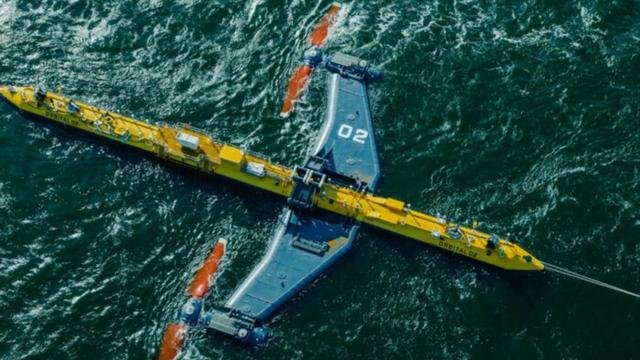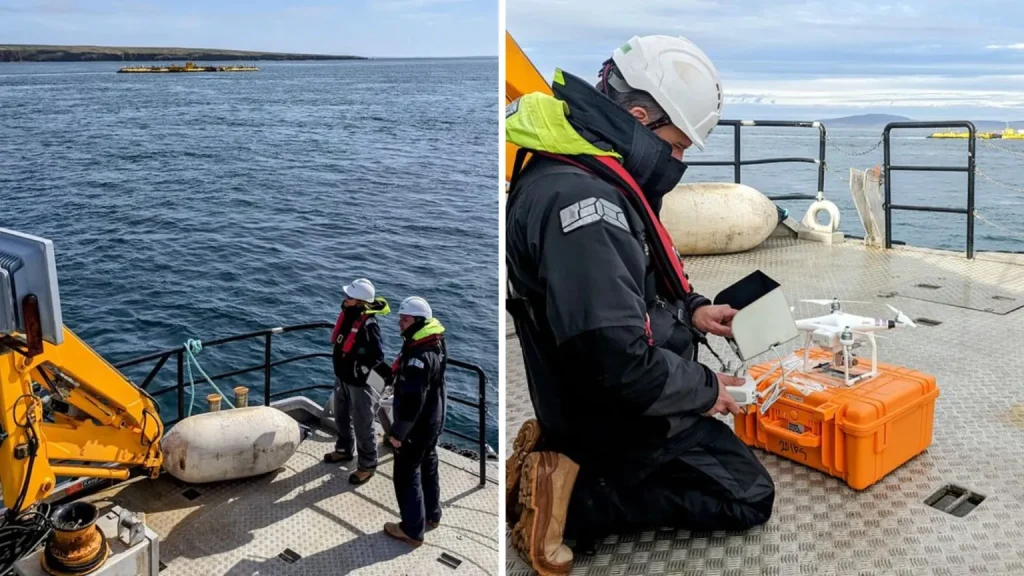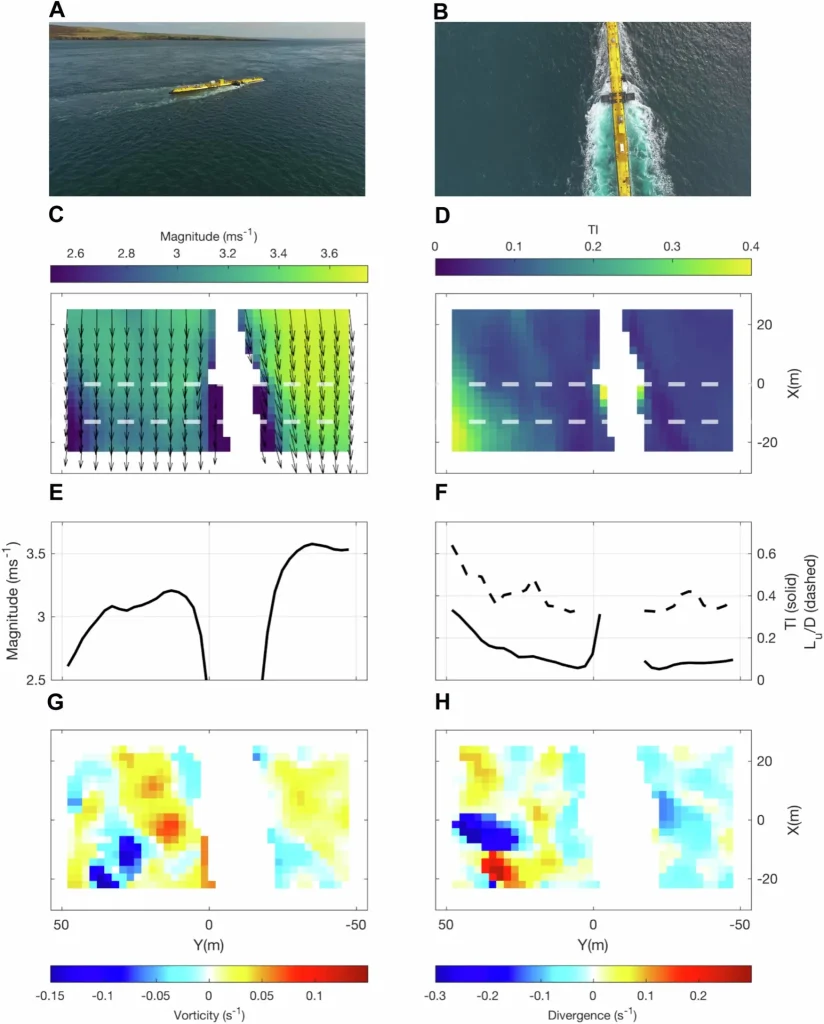Researchers at Plymouth University, the Marine Biological Association, and the University of the Highlands and Islands have focused on the world’s most powerful tidal turbine, Orbital Marine Power’s O2, to pursue cleaner and more reliable energy sources.
Anchored near the Orkney Islands of Scotland, the O2 turbine represents a significant advancement in the development of tidal energy.

The results from extensive surveys around this turbine could pave the way for optimized deployment of tidal energy systems along the UK coastline.
As the demand for clean energy spikes, wind and solar energy installations have gained popularity.
However, these sources are often unpredictable due to variable wind speeds and cloud cover.
Tidal energy, on the other hand, offers a more consistent and predictable alternative.
Yet, its implementation has faced several challenges, including high scaling costs, grid connectivity issues, and uncertainties in turbulent currents conditions.
The O2 turbine is an engineering marvel that floats on the water surface and is anchored by mooring lines.
Unlike traditional tidal stream turbines, its design includes two rotors with a 65-foot (20-meter) blade diameter and 360-degree pitching control.
This unique configuration allows it to operate safely without needing to adjust for changes in tidal direction.
With a power output of 2 MW, the O2 is capable of powering 2,000 homes and offsetting 2,200 tonnes of carbon dioxide annually.
Extensive research around the O2 turbine was conducted using aerial drones and boats to map the complex tidal flows in its vicinity.
The study aimed to understand how tidal flows exceeding eight knots (four meters per second, or nine miles per hour) influence the turbine’s performance.
Insights from this research will be crucial for optimizing the placement of tidal turbines if they are deployed in arrays to maximize energy output.
The findings highlighted the importance of real-world data in bridging the gap between simulations and actual field conditions.
Interestingly, it was observed that the wake produced by the turbine provided favorable foraging spots for seabirds.
Spacing turbines appropriately in an array would not only enhance energy production but also allow marine animals to move freely.

The surveys concluded that careful environmental assessments are essential for future tidal installations, especially as tidal energy could potentially meet up to 11% of the UK’s electricity needs.
Shaun Fraser, a senior scientist at UHI Shetland, emphasized the importance of combining scientific expertise and the use of new technologies to understand dynamic tidal environments.
“With further development of marine renewable energy infrastructure in the Highlands and Islands region likely in the near future, this work is more relevant than ever to local industries and communities,” he said.
The study offered valuable insights into the underwater currents and wake signatures around tidal turbines, demonstrating advanced field measurement techniques essential for the long-term reliability and sustainable development of tidal technologies.
Lilian Lieber, a Research Fellow at the Marine Biological Association, stated, “Collecting data in these turbulent environments is crucial for addressing some of the complexities the tidal energy industry faces today.”

As we move towards a greater reliance on renewable energy, natural conditions around the UK coastlines pose unique challenges that cannot be fully replicated in controlled laboratory experiments or computer simulations.
This research holds the potential for a cleaner, more reliable energy future, leveraging the power of the ocean’s tides.
The research findings were published in the journal Nature Communications, marking a significant milestone in the understanding and advancement of tidal energy.
